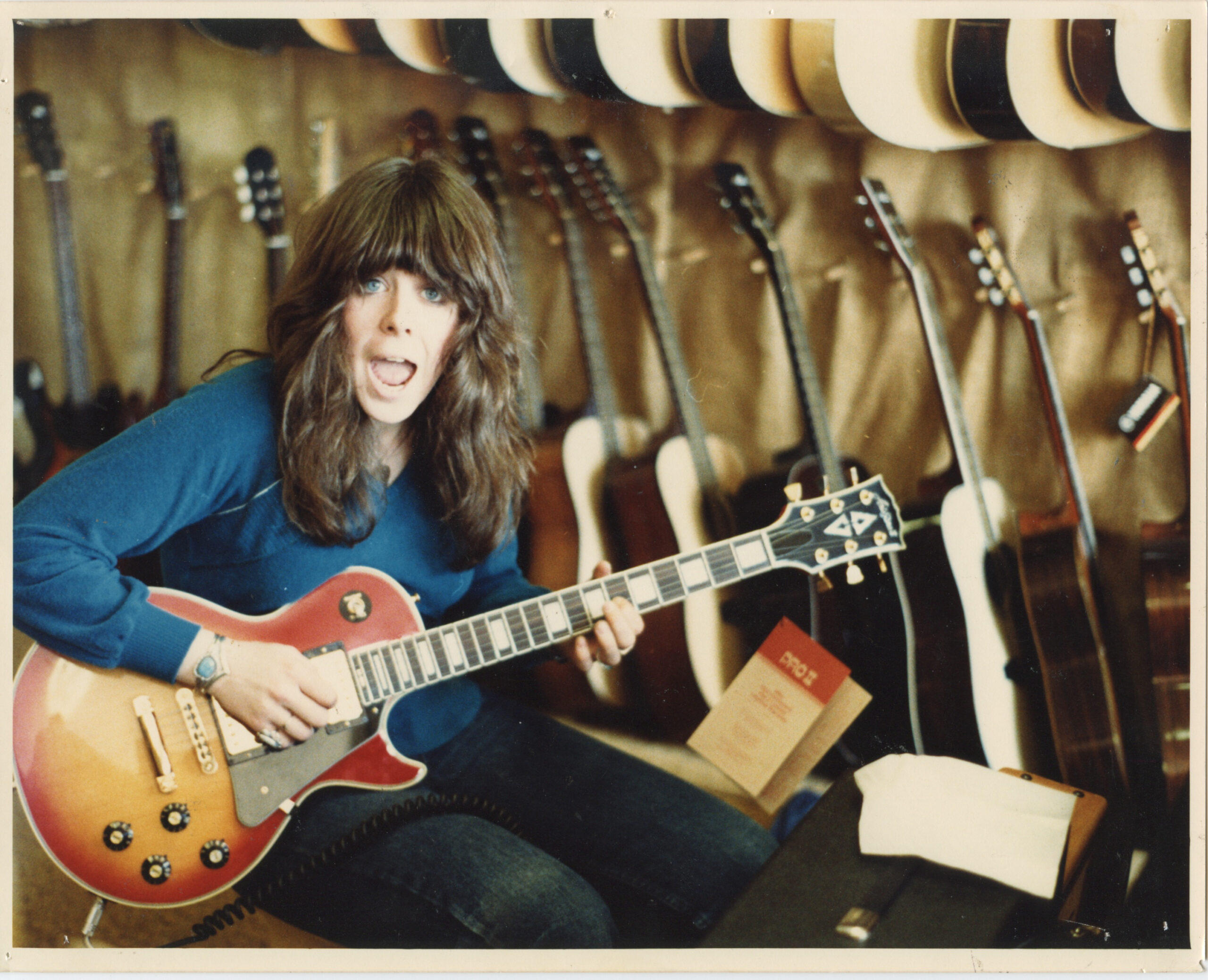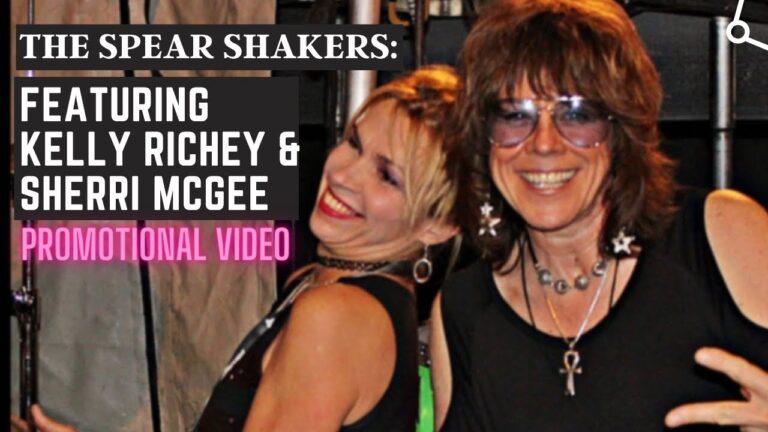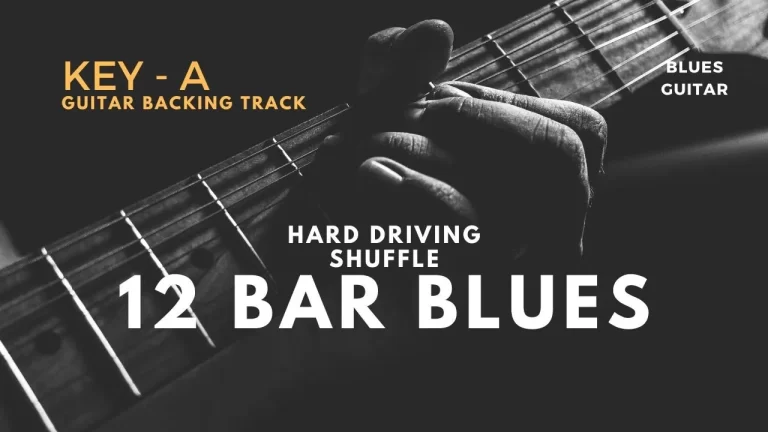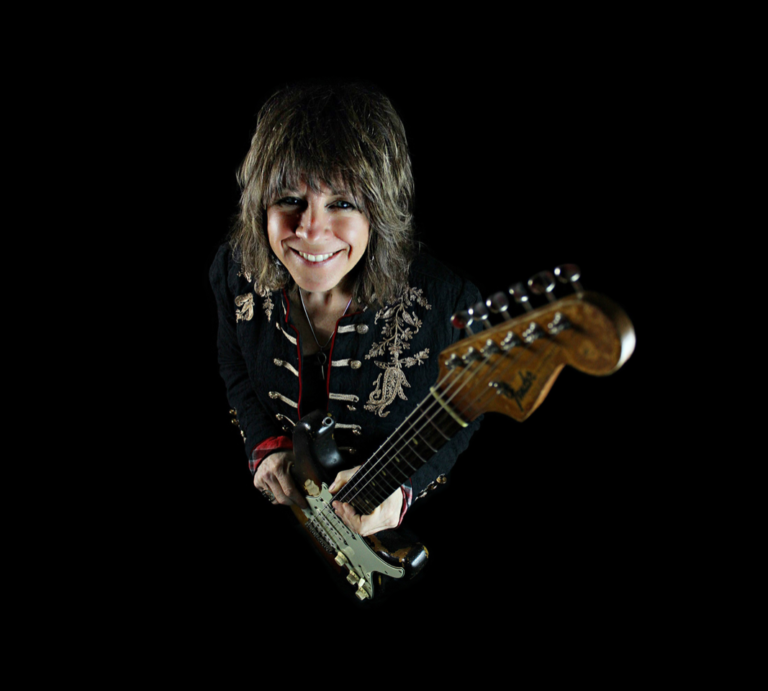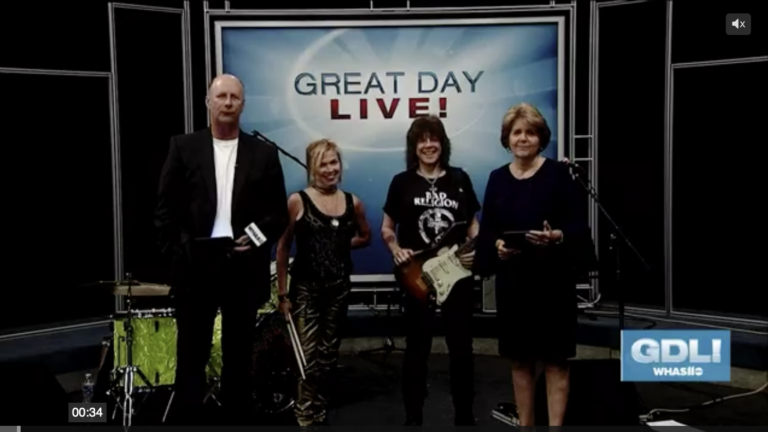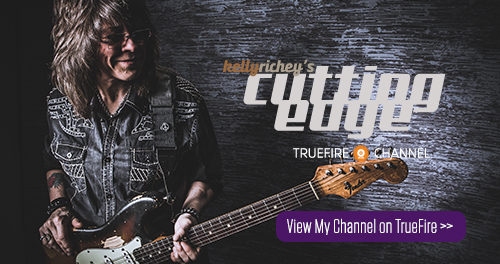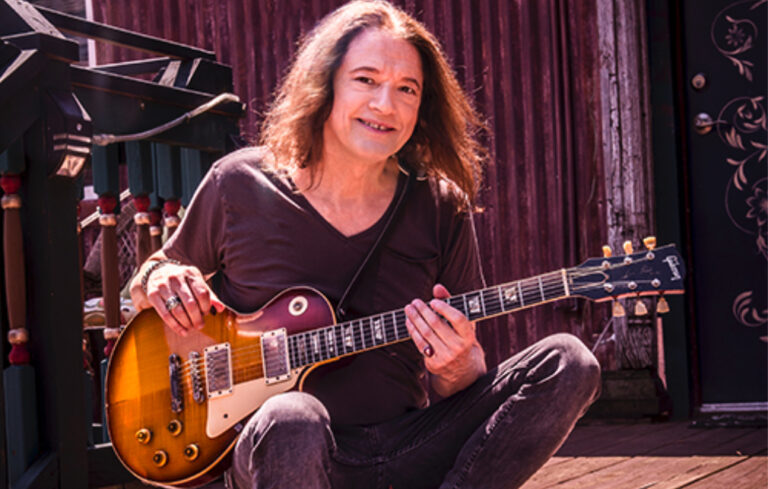In the late ’70s, on Christmas Eve, I received my first guitar at 15 years old. A few weeks later, my guitar journey began with lessons. Walking into my first session with a Sears Les Paul Sunburst copy and clutching KISS records and the Peter Frampton Comes Alive album, my teacher, Eddie Beckley, lit a cigarette, grinned and said, “You know, girls can’t play guitar,” his statement ignited a fire within me that never died.
As a teenager with dyslexia and ADHD, I struggled in school. Traditional learning methods didn’t satisfy my curiosity or allow me to excel. I needed an identity, and playing the guitar was iconic and mythical. There was no female equivalent of Jimi Hendrix or Jimmy Page, at that time, I was undeterred, marking the start of my musical journey.
The first song I learned was “Hey Joe” by Jimi Hendrix, an artist unknown to me at the time. A friend’s introduction to Hendrix’s “And the God’s Made Love,” the first song on “Electric Ladyland,” would forever change my life.
I took my guitar and amp to school and played on the front lawn. None of the guys would let me join the band. I remember answering ads in the paper for a lead guitarist, only to be told the slot was filled. With each obstacle, it fueled the fire—I played harder, and practiced longer.

Post-high school, I became a member of the National Musicians Referral Service and joined a band in Youngstown, OH. This was followed by a stint in New York, playing talent shows and open mic nights. Six months later, I returned home to regroup and started teaching guitar. It was then that Stevie Ray Vaughan appeared, he caught everyone off guard—he was the quintessential guitarist of my lifetime.
In 1986, I moved to Nashville and joined a band that, after playing a series of showcases, performed at the Continental Club during South by Southwest, and was signed to Arista Records. This marked the beginning of intensive touring, including performances at MTV’s Spring Break, opening for James Brown, and playing Farm Aid in 1990—these opportunities taught me the industry’s intricacies.

A defining moment in my career was playing with Albert King in Nashville. After his soundcheck, I asked him if I could sit in. He said yes and kept me on stage for the entire show. This experience would pave the road for my journey into the blues.
By the early ’90s, disenchanted with the corporate music industry and inspired by the emerging independent music scene, I formed the Kelly Richey Band, a blues-rock power trio. This decision led to self-managed bookings and the recording of my first of 16 CDs, beginning in 1994. Fast forward—after over 4,000 shows and one million miles on the road, in 2016, I released ‘Shakedown Soul,’ my 16th and final CD with the Kelly Richey Band.

In 2018, I formed the Spear Shakers, a power duo with drummer Sherri McGee. Sherri and I, from the same hometown, had parallel paths in music; she played drums for Velvet Elvis, a band signed to Enigma Records, and relocated to L.A. around the same time I moved to Nashville. A year into our musical journey, we released our first promotional video, and then the pandemic hit. During lockdown, I discovered a new instrument—the handpan. I began studying, building my collection, and playing for the Healing Arts Program through the Cincinnati Arts Association. This instrument has opened new avenues for musical exploration.
Life as an independent artist is not for the faint of heart—it demands everything you’ve got yet rewards you with more than you give. Being a woman in a male-dominated world was challenging, but over the years, I’ve witnessed significant changes. Opportunities that once seemed impossible became attainable. I’m proud to have stayed the course and made music my path. Today, the future remains an open road, and I’m committed to following my muse wherever it leads.

